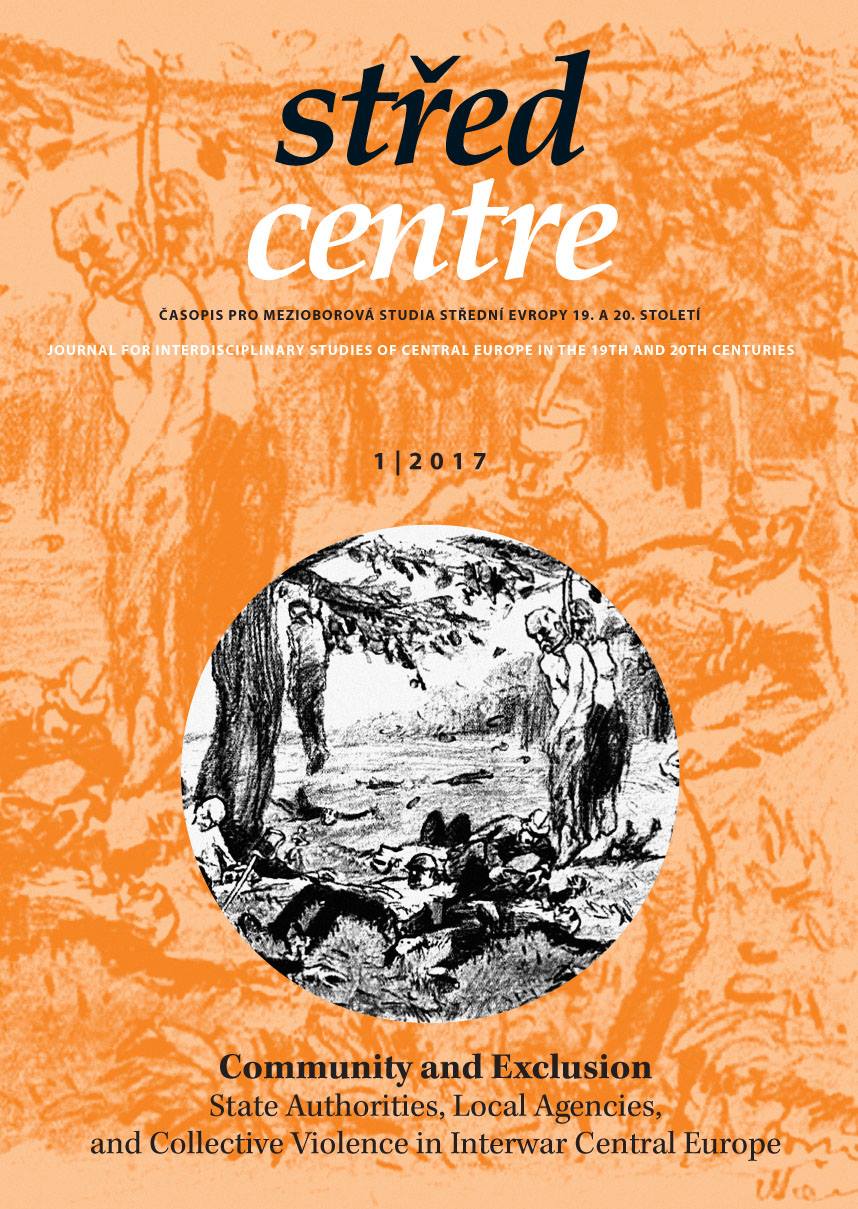
We kindly inform you that, as long as the subject affiliation of our 300.000+ articles is in progress, you might get unsufficient or no results on your third level or second level search. In this case, please broaden your search criteria.

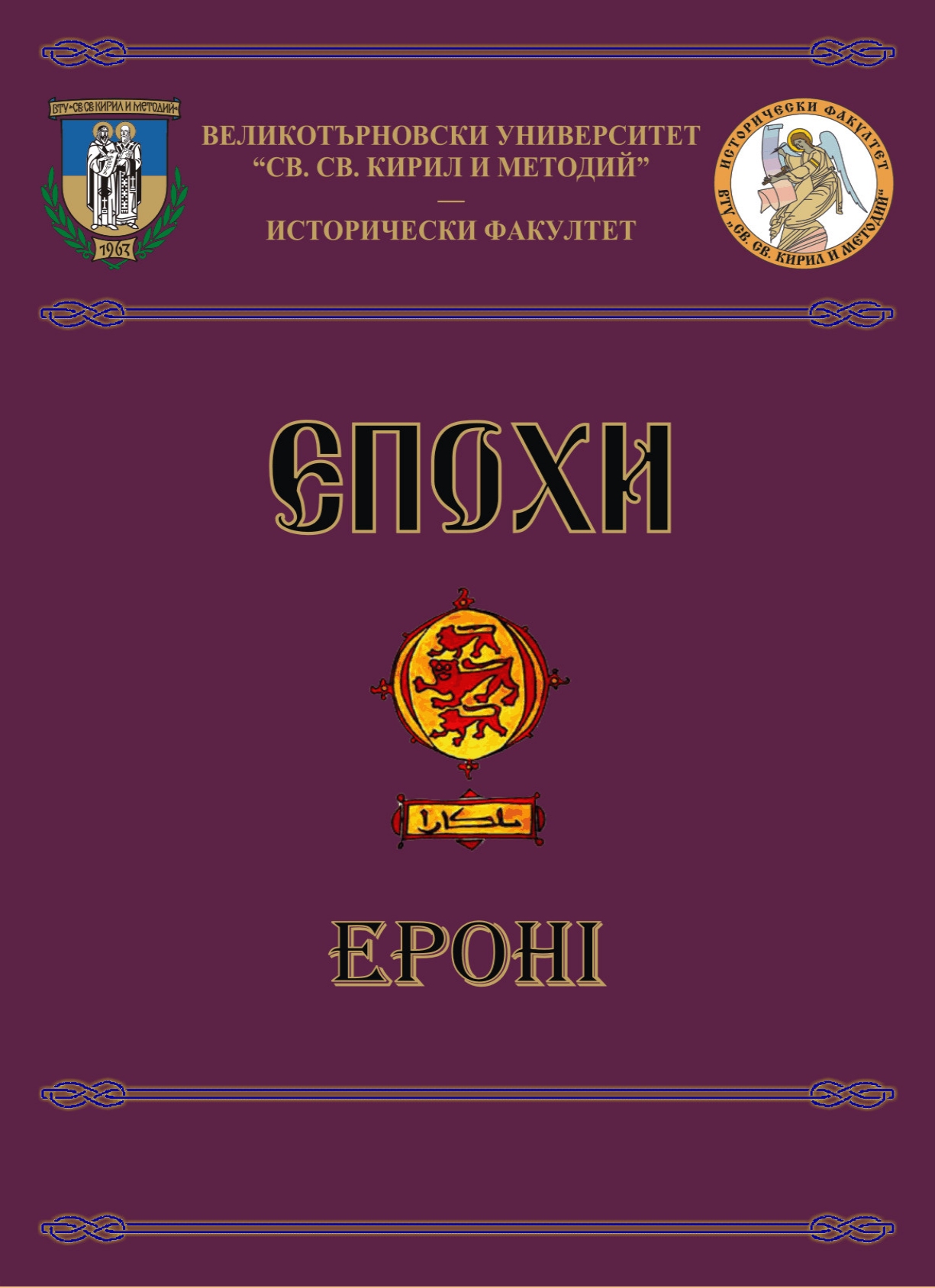


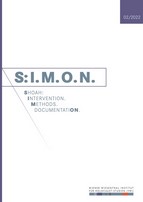
By combining microhistorical and regional approaches with theoretical findings from fascism, Holocaust, and genocide studies, this chapter examines the interaction between the Nazi, Ustaša and Arrow Cross movements in the city of Osijek. By analyzing the ideologies and praxis of the three fascist movements, this paper demonstrates that the future they wanted to build remained vague, contested, and contradictory despite many shared goals and enemies. Instead of bringing the three fascist movements together, antisemitism became a tool of competitive nation-building which contributed to the failure to create a genuinely transnational fascist front in a single city. Determining the pace of genocidal destruction became an instrument in the competitive fascist-elite-building. By relying on the concept of “genocidal consolidation”, this chapter argues that the Holocaust in Osijek became one of the primary means in the attempted consolidation of power by one fascist group at the expense of the other. Attempts to neutralize rival fascist elites in the struggle for political dominance on the regional level brought unintended consequences of significantly delaying the deportations of Jews of Osijek compared to the cities in the Independent State of Croatia.
More...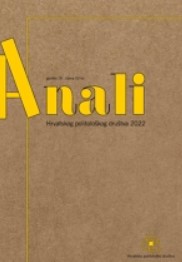
Review of Mirjana Kasapović - Ivo Goldstein, ANTISEMITIZAM U HRVATSKOJ OD SREDNJEGA VIJEKA DO DANAS, Fraktura i Židovska vjerska zajednica "Bet Israel" u Hrvatskoj, Zaprešić i Zagreb, 2022., 632 str.
More...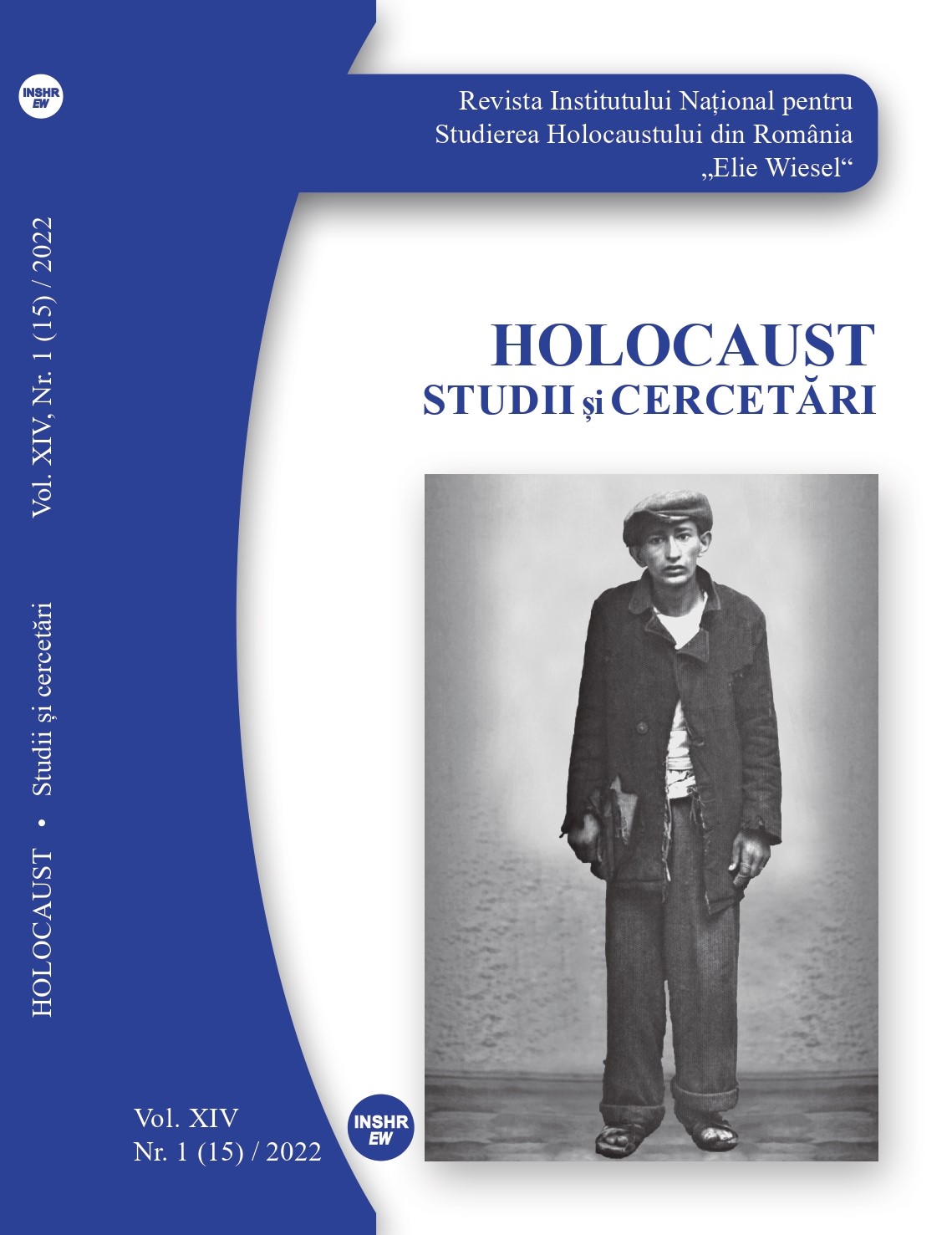
Stationed in Iași during the Pogrom of 1941, later advancing into Bessarabia and crossing the Dniester River towards Odessa, the 14th Infantry Division supervised and coordinated the advance of its units through regions where many localities were home to large Jewish communities. This study aims to analyze the way in which this large military unit of the Romanian Army trained and mobilized its own units immediately after the withdrawal from Bessarabia and Bukovina in the summer of 1940, until the start of the Romanian-German offensive. Another aim is to reconstruct, by using the orders received and issued by the14th Division, the criminal urges or encouraging silences that enabled the destruction of the Jewish communities in Bessarabia and Bukovina.
More...
The present study aims at offering an analysis of A.C. Cuza’s antisemitic discourse and of the solutions he identified for the solving of what he called the “Jewish problem”. Moreover, by analyzing the anti-Jewish rhetoric brought forward by A.C. Cuza and its dynamics in time, my purpose is to prove that the legal measures implemented by A.C. Cuza after he came to power in late 1937 were no result of a political conjunction, but the materialization of a political project he had been struggling for during half a century.
More...
During the Covid-19 pandemic, researchers and observers from various social fields noted a qualitative and quantitative increase in the most diverse antisemitic reactions. The history of antisemitism provides a solid explanation for this phenomenon. The social and economic crises and the epidemics – particularly the plague epidemic of the 14th century – show that societies had a violent reaction and blamed the Jews for the unwanted effects hard to explain under those circumstances. An overview of historical facts from open and public sources regarding these conspiracy theories and their violent outcomes makes up the former part of this paper. The latter part focuses on the antisemitic discourse and the multiplication of conspiratorial reactions during the Covid-19 pandemic and concludes the existence of three stances within this pattern, namely hate speech against the Jews, the Jewish conspiracy to rule the world and get rich, and Holocaust denial or trivialisation. Numerous reports, studies, research, and scientific papers noted the increase in antisemitism against the pandemic backdrop. They represented resources for the qualitative analysis in this paper’s latter part. The primary conclusion shows that – in the pandemic context and through social media – the antisemitic discourse and acts increased significantly, without adding any novelty or depth to the conspiratorial ideas.
More...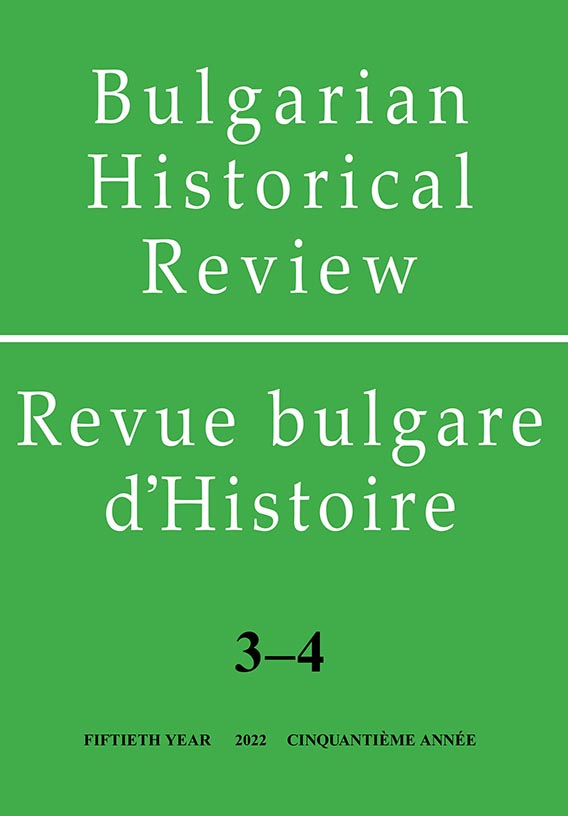
At the beginning of the 20th century, the mass migrations of Jews from Russia were caused by anti-Semitic tensions and pogroms—most of them traveled to the USA and Great Britain, but some of them chose Bulgaria. From 1902 to 1904, 1,277 Jews moved from the Romanov Empire to Bulgaria with a plan to settle in Southern Dobruja; departures in this direction also occurred in the years to follow. Although the Bulgarian state policy towards the local Jewish minority was relatively tolerant, the attitude towards the Jews emigrating from abroad was vastly different and based on anti-Semitic motivations. The authorities in Sofia bent the law to prevent Jewish settlement in Dobruja, which was accompanied by protests from Russian diplomacy. This article is based on the original studies of the materials found in the State Archives in Varna, Bulgaria.
More...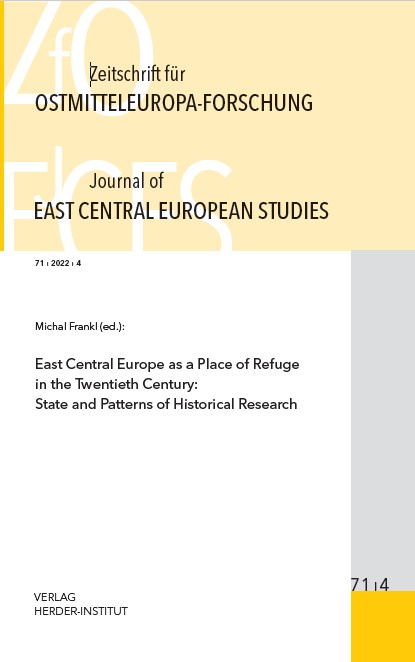
Review of: Catastrophe and Utopia. Jewish Intellectuals in Central and Eastern Europe in the 1930s and 1940s. Hrsg. von Ferenc Laczó und Joachim von Puttkamer. (Europas Osten im 20. Jahrhundert, Bd. 7.) De Gruyter. Berlin – Boston 2017. VIII, 355 S. ISBN 978-3-11-055543-1. (€ 49,95.)
More...
Review of: Die Verfolgung und Ermordung der europäischen Juden durch das nationalsozialistische Deutschland 1933–1945. Bd. 15: Ungarn 1944–1945. Hrsg. von Regina Fritz. De Gruyter Oldenbourg. Berlin – Boston 2021. 850 S. ISBN 978-3-11-0365002-8. (€ 59,95.)
More...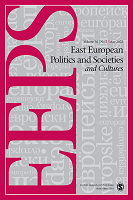
Life under Stalinism in the 1930s challenged Jews, particularly the young, with innumerable compromises to their religious and ethnic identity, yielding unexpected responses during World War II and the Holocaust. This article analyzes how Jewish youth raised in 1930s Vitebsk in the Belarusian Soviet Socialist Republic acquired firsthand knowledge of the language and customs of their Slavic neighbors, and how some of this cohort harnessed their experiences and understanding in their attempts to survive during the Holocaust. Bolshevik policies unique to Soviet Belarus affected its Jews in ways distinct from their counterparts elsewhere in the Soviet Union. Nationalities and religious policies as well as the Five-Year Plans and the Great Terror served as the context for this situation, shaping and distorting transmission of Jewish traditions along with changing the dynamics of the family and social relationships. Young Jews in Vitebsk learned Slavic languages and culture from their neighbors, in Soviet schools, and through other means. After the German invasion in 1941, the application of these skills and knowledge are a common thread through the survival narratives of young Holocaust survivors from Soviet Vitebsk.
More...
This article argues for using personal accounts in reconstructing the inner lives of interethnic communities in Eastern Europe in times of crisis. Focusing on the Eastern Galician town of Buczacz as representative of numerous other such communities, it also suggests that the events of the Holocaust must be seen within the larger context of coexistence and violence since 1914. After briefly examining the relevant historiography, the article turns to a close analysis of the diary of a Polish headmaster, written in 1914–1922; the World War II diary of a Ukrainian gymnasium teacher, and recollections of the Holocaust by a Jewish radio technician, composed in 1947. All three men lived in Buczacz; all three wanted their accounts to be read by others, but they are only now being made available to the public by the author. Each provides a strikingly different perspective: that of a Polish nationalist educator whose sons were fighting to create an independent Poland; that of a Ukrainian activist who resented Polish rule and Jewish influence but felt ambivalent about wartime and genocide profiteering by fellow Ukrainians; and that of a young Jew who meticulously recorded both collaboration and rescue by his gentile neighbors and ended up fighting in a local Polish partisan unit. And yet, seen together, these personal narratives shed light on aspects of mass violence in that region largely missing from more general or nationally oriented histories.
More...
Focusing on coexistence in towns and villages of the former Šariš Zemplín County during World War II, our article exposes the shifting meanings assigned to belonging in what was a multiethnic borderland region and an economic periphery. Informed by works on community construction and meaning, we understand “locals” as being formed by diverse and at times conflicting social experiences that are nevertheless rooted in the same physical environment. We draw on late witness testimonies by Jewish survivors and Gentile neighbors to investigate the roles of public and private spaces in how a sense of community was revoked. Since the redrawing of boundaries was made into a public concern in the 1930s, the redefining of “locals” along ethnoreligious lines had a deep situational dimension, with local norms and experiences shaping the ousting of the Jews from what was historically a shared space. We conclude by discussing the theoretical and methodological implications of our research for writing integrated histories of the Holocaust, mindful of relationships between people, objects, but also places.
More...
This article examines the advantages and limits of late non-Jewish witness testimonies in Holocaust research. Grounding my conclusions in more than 150 biographical interviews conducted in small communities of contemporary Western Ukraine (historically Eastern Galicia) in 2017–2019, I dwell on the specificity of such sources and offer guidelines on how to work with them. As I show, late witness testimonies typically consist of multiple layers that can only be understood when analyzed within the wider life story of the interviewee, and when read against a deep knowledge of local history. When following these introduced guidelines, late non-Jewish witness interviews can be an extremely valuable source, especially for rural communities where no Jewish testimonies are available. This source allows us to further examine the complexity of identity and belonging, estrangement and intimacy, in ethnically mixed communities during World War II and immediately after, but also memories of the nonexisting world today
More...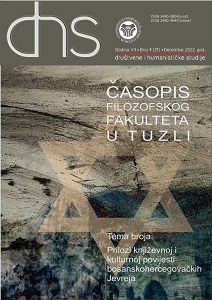
The literary opus of the Bosnian Franciscans is interesting in many ways from the imagological point of view: both concerning self-perceptions and hetero-perceptions, which were constructed based on the importance of religion as an element of community identity. Analyzing the imagotype potential of religious and ethnic divisions, the paper reconstructs the controversies between Christianity and Judaism, as well as linguistic elements, folk customs, and contemporary reality. At the source of the Bosnian Franciscan literature, at the beginning of the 17th century, we find Divković, who, as is often the case in pre-modern culture, relates the religious Other to the ethnic Other. This tradition is continued by the 19th century’s Franciscan chroniclers (Lastrić, Benić, and Bogdanović), while Martić, Jukić, and Knežević, who stepped into the era of the rebirth of Croatian Illyrianism, we can trace various normative implications of the relationship between political, ethnic, racial and religious identity. Since the Bosnian Franciscans of that time, we remember the ecclesiastical and intellectual elite among the Catholic population in Bosnia, the imagotypical statements about Jews in their works reflect both the Christian heritage through history and the Eurocentric view of the Others. Therefore, reconstructing the Bosnian Franciscans’ perceptions and ideas about the Other and the Different is, at the same time, reconstructing the genesis of the narrative about the Other, i.e., social and religious stereotypes and prejudices, as well as the continuity of talking about oneself by talking about the Different.
More...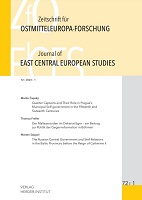
Review of: Polish Jews in the Soviet Union (1939–1959). History and Memory of Deportation, Exile, and Survival. Hrsg. von Katharina Friedla und Markus Nesselrodt. Academic Studies Press. Boston 2021. XXIX, 319 S. ISBN 978-1-64469-749-8. ($ 139,–.)
More...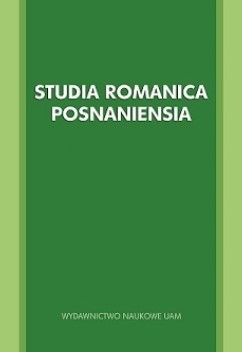
The studies on Polish francophone literature put an emphasis on a selected group of authors (Potocki, Mickiewicz, Krasiński) and on some literary genres (diary and travelogue). The aim of this paper is to study the work of a lesser-known feminine writer, Anna Nakwaska, member of cosmopolitan literary milieu and author of several short stories and novels, written in French. Applying selected concepts of spatial literary studies, the first part of the article proposes to perceive the publishing strategies of Nakwaska as a tool for introducing Polish feminine literature in a broader European context. In the second place, the study of some Nakwaska’s short stories show her interest for a literary presentation of several geographical problems, including demography (put in the context of antisemitism) and regional ecology. The use of Polish toponymy brings a foreignization of the francophone fiction.
More...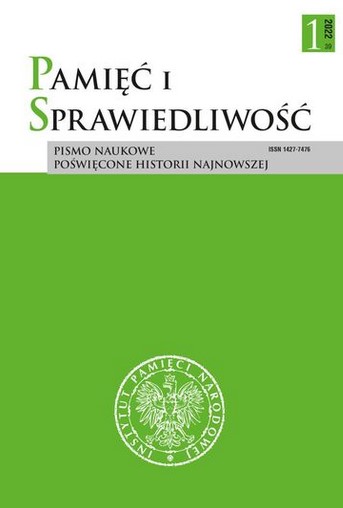
Polen-Jugendverwahrlager der Sicherheitspolizei in Litzmannstadt commonly referred to as the camp on Przemysłowa Street in Łódź, in operation between December 1942 and 19 January 1945 was a very special place. This is because it was the only place where exclusively children were held under conditions comparable to concentration camps. The article takes a closer look at the reality that minor prisoners had to face and the history of this cruel place. The most important theme, however, is the post-war reckoning with the history of the camp, mainly in the form of trials of child abusers. We also learn how the history of the camp was manipulated in the post-war era to achieve the desired propaganda effect and how its history and victims were being exploited. The author is highly critical of the content of the only monograph on the camp by Józef Witkowski and describes in detail the notorious court case of Eugenia Pol from 1970–1976. She was then sentenced to 25 years in prison. To this day, it is difficult to determine whether the camp supervisor was in fact a ruthless torturer or a victim of a judicial crime. Without settling the issue definitively, the author presents how the unreliable conduct of Eugenia Pol’s trial today hinders the search for the truth and is a pretext for further misrepresentations and manipulations.
More...